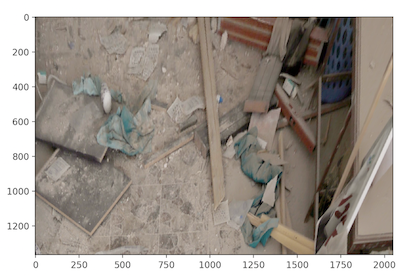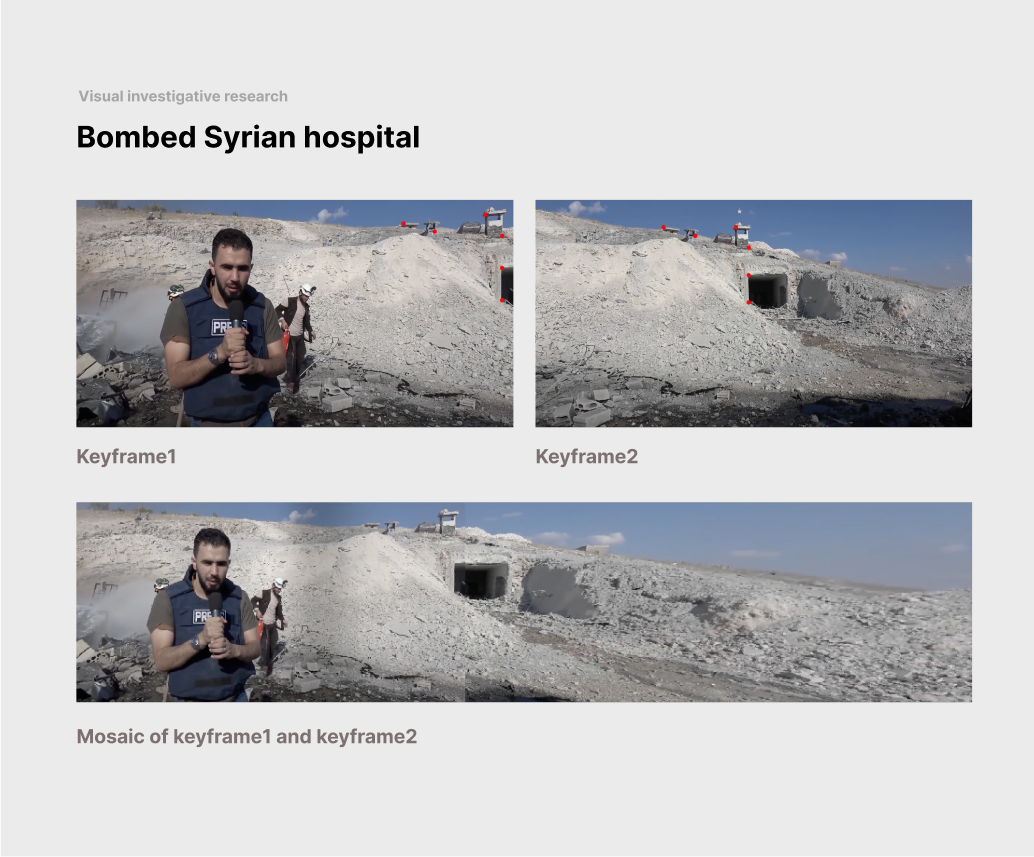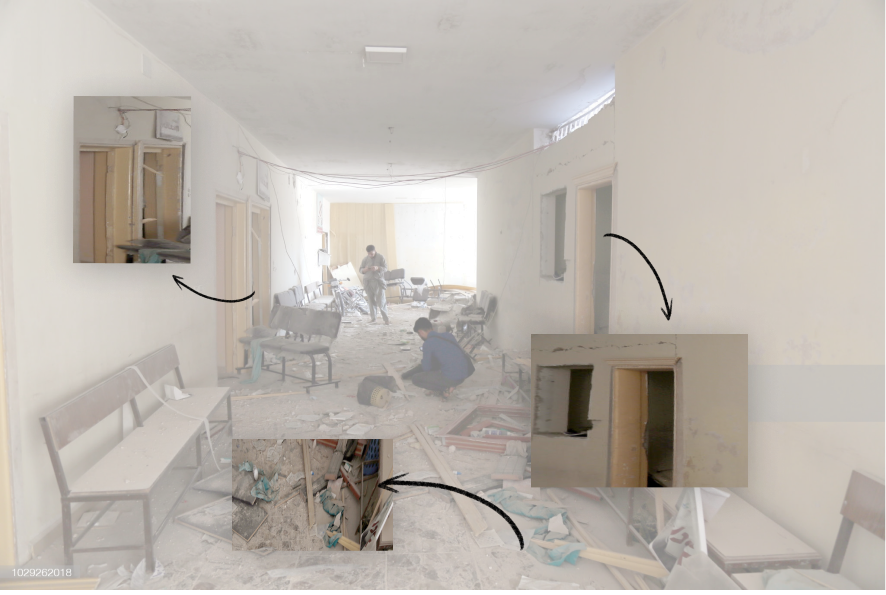Programming Process.
1. Select Points / Annotation. I used ginput function from matplotlib to manually pick the keypoints from the images. On average during my experiments I would pick N=4 (keypoints), which is enough to recover homography, but sometimes more than 4 led to better results espectially for more noisy images and with low resolution.

2. Warping and Recover Homography . Warping images is essential to make images to be in the same plane. Recovering homography through the matrix H that was shown in the class, I defined each corrispondende point to be 2 rows in the matrix A with x,y coordinates for both images. I then used least squares to find the best homography and then project image1 into image2 with inverse warp.
3. Mosaicing. I select corrispondence points around the same (overlapping) object in both images. Using H and our warps of each image in warpImage function, I could create a mosaic. By warping image1 to the image plane of image1 by using our computed H. Then, shift image1 with respect to the warp. To blend two images together, I use a linear blending, using the mask with alpha value.

3. Rectification. Using homography matrix H, we can project single images into different views / persepctives. Image rectification is limited though as it might distort metrics of the iamge in the object as it stretches out when information is missing.









